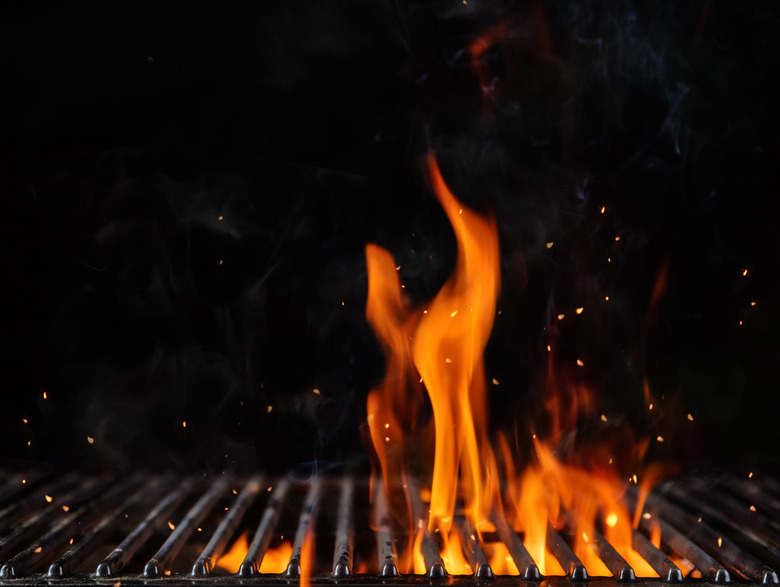Characteristics Of Plasmas
Plasmas are the "fourth state of matter," after the well-known solid, liquids and gases. While rare on Earth, plasma is abundant throughout the universe, holding nearly 99 percent of known matter. Stars, the edges of lightning and the Earth's ionosphere consist mainly of plasma. Plasma exists in a gaseous state, but due to a number of unique characteristics, it is considered its own state of matter.
Occurrence of Plasmas
Occurrence of Plasmas
Plasma can occur by subjecting matter to very high temperatures, to radiation or high voltages, as in a lightning bolt. At low temperatures, atoms lock together to form solids, such as a crystal. Higher temperatures loosen the bonds between atoms, bringing them into a liquid state. At even higher temperatures, the bonds between atoms loosen further, turning substances into a gases. Extremely high temperatures, such as that of the sun, strip some or all of the electrons away from atoms, creating a "soup" of atomic nuclei, ions and electrons; this is the plasma state.
Consistency of Plasma
Consistency of Plasma
Like gases and unlike solids, plasmas drift and flow freely; if enclosed, plasmas expand to fill the container. Like gases, plasmas have density and pressure. In deep space, plasmas can be extremely thin and tenuous, averaging about one atom per cubic centimeter; by contrast, the plasma in the Sun's core is 10 times denser than lead.
Characteristics of Plasmas
Characteristics of Plasmas
Because they consist of free-flowing electrically charged particles, plasmas have several unique characteristics. In most plasmas, protons and electrons occur in equal numbers, making it electrically neutral; however, because they flow freely, plasmas are affected by electric and magnetic fields in ways not seen in other forms of matter. These fields can influence plasmas over great distances, pinching, warping and shaping them, as in the great, twisting flares seen on the surface of the Sun.
Thermal and Non-Thermal Plasmas
Thermal and Non-Thermal Plasmas
A thermal plasma is one in which the electrons and ions are at the same temperature as their surroundings, such as in the stars; by comparison, non-thermal plasmas are pockets of energetic, charged particles in an otherwise "cool" environment. An example of this is the artificial plasmas used by the food service industry to sterilize fresh produce. In this process, a jet of plasma kills bacteria; because only small amounts of plasma are needed, its atoms mix with room-temperature air and cool quickly.
Cite This Article
MLA
Stuchlik, Jason. "Characteristics Of Plasmas" sciencing.com, https://www.sciencing.com/characteristics-plasmas-6835053/. 13 March 2018.
APA
Stuchlik, Jason. (2018, March 13). Characteristics Of Plasmas. sciencing.com. Retrieved from https://www.sciencing.com/characteristics-plasmas-6835053/
Chicago
Stuchlik, Jason. Characteristics Of Plasmas last modified March 24, 2022. https://www.sciencing.com/characteristics-plasmas-6835053/
